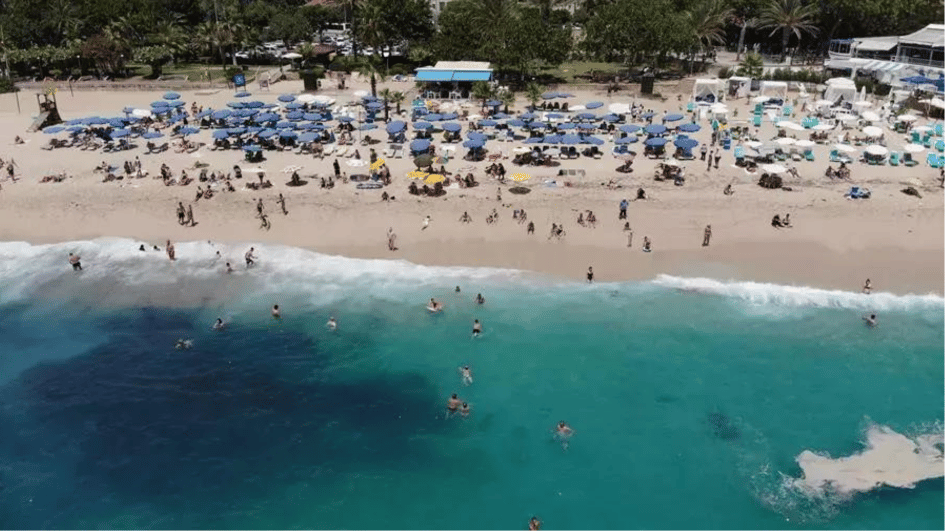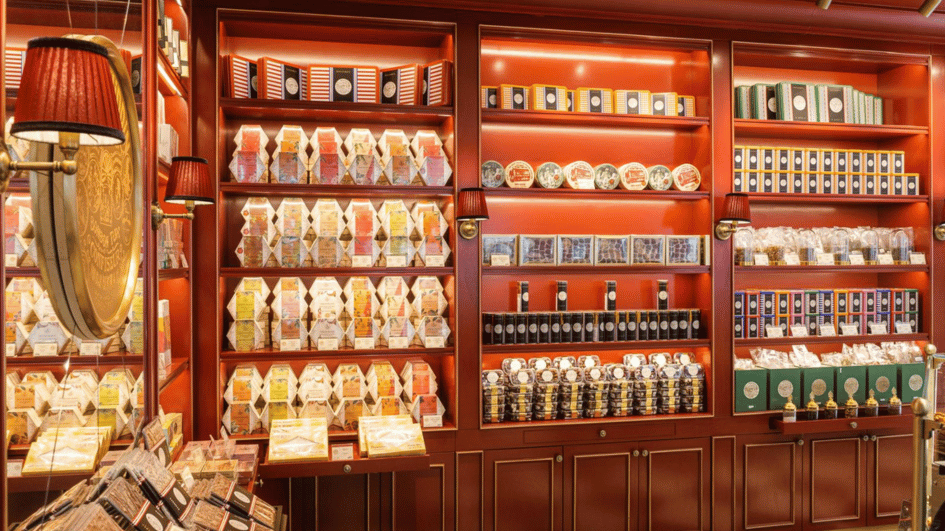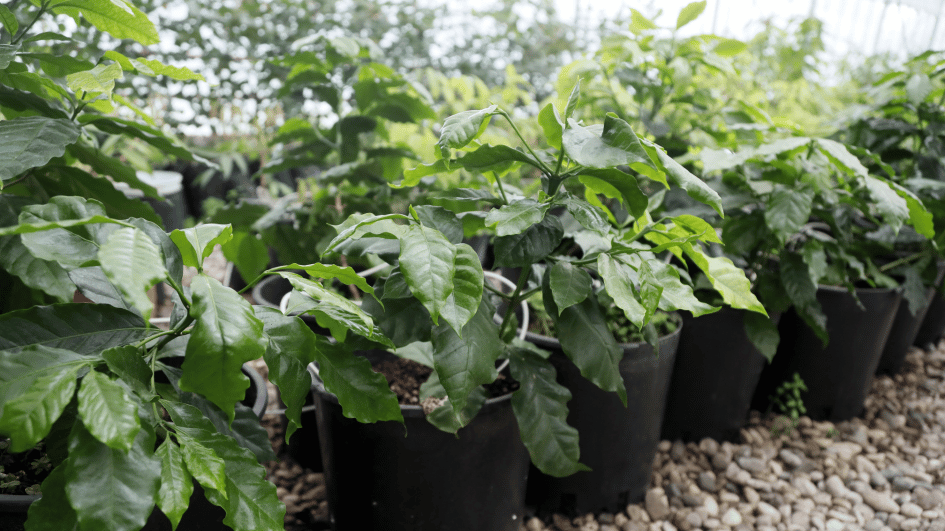Stack of sticks, or more?
Who would say a stack of woods would save the future of a neighborhood?
It seems that the Odunpazarı Modern Museum (OMM), designed by the renowned Japanese architect Kengo Kuma & Associates, will make a change in the fate of the northwestern province of Eskişehir and its Odunpazarı district, thanks to the efforts of businessman Erol Tabanca, a native of the town, and the legendary Mayor Yılmaz Büyükerşen, now running his fifth term.
Eskişehir, literally meaning “Old City,” is a province in northwestern Turkey situated almost halfway between Istanbul and Ankara. As its name suggests, it has a multilayered history, estimated to be older than 4000 years old, dating back to the Phyrigian period and constantly occupied by all civilizations since then.
Odunpazarı is an old neighborhood in Eskişehir, which is currently on the tentative UNESCO World Heritage List as a Historical Urban Site, having historical indications from the Seljuk and Ottoman periods, with a well-preserved urban fabric rich with examples of Turkish vernacular architecture. Odunpazarı, literally meaning Wood Market, has its name from the market place where wood was sold, and its architecture rightfully stands up for this name. It consists of typical timber houses representative of traditional Turkish civil architecture. Kengo Kuma’s timber cladded architecture, which in a way looks like stacks of wood sticks, relates beautifully with this architectural language, bridging old and new in a creative way.
Since 1999, Büyükerşen enabled the reawakening of the city, which once declined as a forgotten sleepy town, undesirable with its notoriously polluted stream and swampy lands, and transformed it into a young active town rich with cultural events, also accommodating the elderly with its serene parks and easily accessible network of public transport. The Odunpazarı district was restored and became a tourist attraction itself, backed with several other museums. The city became a destination much visited by local tourists.
Now thanks to the opening of OMM, it seems that the city will be a target for international tourism, easily reached by train from the capital Ankara (one-and-a-half hours) and from Istanbul (two-and-a-half to three hours), even suitable for a quick day trip. The OMM will also be the incubation ground of young artists, as Eskişehir is home to three universities, all having industrial design, fine arts, and graphic design and/or architecture departments.

Eskişehir has a significant Turkic Crimean Tatar population that immigrated from Crimea and the Caucasus and strong communities of ethnic Turks that migrated from the Balkan countries, such as Bulgaria, Romania, Bosnia, Macedonia and Serbia. Along with the multilayered history of the region, Eskişehir has a rich culinary legacy yet to be discovered by gastronomic circles. One of the most renowned dishes of the town is a fried turnover with mincemeat filling, which is a legacy of Crimean migrants, but its other delicacies still remain unknown.
Until a couple of decades ago, Eskişehir used to be famous solely for its Meerschaum, a white foamy sepiolite, its main use being for making smoking pipes and cigarette holders. An unknown indirect effect of its presence has a gastronomic twist: It makes the most wonderful pickles. Years ago, I discovered that fact by coincidence, when trying to understand the story of the famed Kalabak spring water the Eskişehir people are so passionate about. It is said that central Eskişehir used to be devoid of decent drinking water and the citizens felt embarrassed when they could not offer a good glass of water to Mustafa Kemal Atatürk, founder of modern Turkey, visited the town. Eventually he ordered that Kalabak water from a nearby province to be brought to the city. When I asked why the local water was not considered suitable for drinking, they pointed to the presence of sepiolite clay and lime-rich layers beneath the city. One citizen who grew up in Odunpazarı told me that his mother would always warn kids not to drink water from the fountain in the neighborhood that was interestingly called Acı Çeşme, meaning Bitter (water) Fountain. He continued stating that its water was thought to cause stomachaches, but the pickles made with this particular water were miraculously crisp and tasty. That was the moment when I made the connection with the Meerschaum and pickles; of course lime-rich water makes pickles crisp and durable - think of the bread and butter pickles of Amish cuisine and candied pumpkin preserves of the southern province of Hatay’s Antakya district - all made with slaked lime water. The cell walls of vegetables or fruit to be pickled or preserved becomes hardened when treated with lime-rich chalky water, which makes them resistant to going mushy and gives them an almost glassy finish on the surface which results in a crisp, almost crunchy bite, much desired in pickles.
The Eskişehir OMM building resonates with many virtues Eskişehir possesses.
A crisp design, modern yet paying homage to the vernacular architecture with its timber cladding and saluting the organic urban fabric of Odunpazarı with its multi-angular layout. The first exhibition curated by Haldun Dostoğlu of renowned Galeri Nev in Istanbul reflects the diversity of the art collection of Tabanca, in a way it is strangely in parallel with the multilayered, diverse history of Eskişehir; it brings together various phases of Turkish modern art, just as Eskişehir reflects the culture of various ethnic communities and layers and layers of historical periods. Tabanca, himself an architect, has given back his hometown the most meaningful gift ever, truly a masterpiece of modern architecture, housing a wide range of Turkish modern art.
Eskişehir is a miraculous city that has risen from its ashes like a phoenix. The OMM has already put the town on the world map of arts and architecture, now hopefully it will be time to put its gastronomy on the culinary map of Turkey, rediscovering its diverse delicacies.
Fork of the Week: When going to the opening ceremony of OMM, I had an item on my shopping list: Met Helva, a finger shaped confection which looks like small sticks. Met actually means a rod or a stick, a popular puzzling question of crossword puzzles, which has its roots from ancient game of çelik çomak, known as gillidanda in India and tip-cat in English. Met is the short 8-15 cm piece of stick, which is tipped off to the air to be struck by a larger stick of wood. Met helva resembles the shorter stick, hence its name, it is a variation of Pişmaniye, compressed into finger-long sticks, and fine strands of pulled sugar candy rolled in a butter-flour mix that makes a melt-in-the-mouth flaky confection. Back home, I stacked the sticks of Met Helva neatly on a flat tray, creating a sort of a little model of OMM, celebrating the new whiff of sweet spirit it brings to Eskişehir.
Cork of the Week: The visit to Eskişehir needs a good cheer with a drink. Unlike many Anatolian towns, Eskişehir houses many drinking holes, mostly beer places, but one deserves a salute, as being an innovative idea that stemmed from this young spirited city. The Varuna Gezgin Café was founded by Murat Fıçıcı and a group of young people that has wild dreams of travelling the world. They made their dreams come true, creating a sustainable way generating know-how and raising funds for their travels through their café, and spread to other towns having chains in Ankara, İzmir and Istanbul. http://varunagezgincafe.com/subeler/
Another new establishment in town is Asmadan Enoteca, the second of its kind in Turkey, having a wide list of Turkish wines.
https://www.asmadan.com/tr/eskisehir-cassaba-modern/enoteca
Last but not least is OMM-INN, the boutique hotel adjacent to the museum. It is intended to be a hub of resident artists but it is also open to visitors, with an inviting café which turns into a romantic dining venue in the evenings.
https://omminn.com/












